Definitions
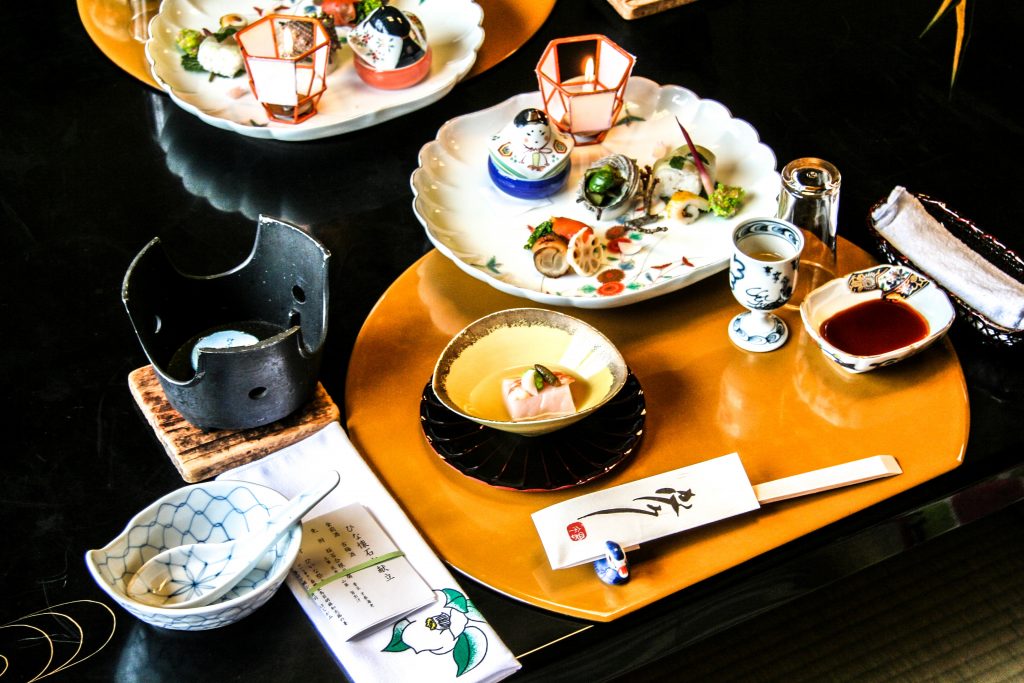
Kaiseki
Kaiseki also known as omakase, is a simple multi-course Japanese dinner comprised of small or large dishes given by the chef. These plates usually beautifully plated and served in the order that the chef deems right. This style of dining gives full control of your meal to the chef, while the chef returns the favor by showing the customers, omotenashi. Omotenashi means whole-hearted hospitality. This style of dining allows trust and respect to form between the chef and the customer, putting the person ordering at ease throughout their meal. The main difference between omakase and kaiseki, is that omakase generally can be edited in a way to match your likings, but kaiseki style dinners have a high priority on seasonal ingredients. Because of this, usually kaiseki dinners are prescribed and are hard to alter.
Izakaya
The word izakaya in Japanese is made up of the characters for “stay”, “alcohol”, and “shop”. An izakaya in its most literal sense means “a shop for customers to stay and drink alcohol.” The food here also helps with that exact idea, the dishes served at an izakaya usually compliments sake or other alcoholic beverages, and usually come in shareable sizes so the food served don’t steal the spotlight from the alcohol. Some traditional izakaya food options include sashimi, edamame, skewers, and karaage.
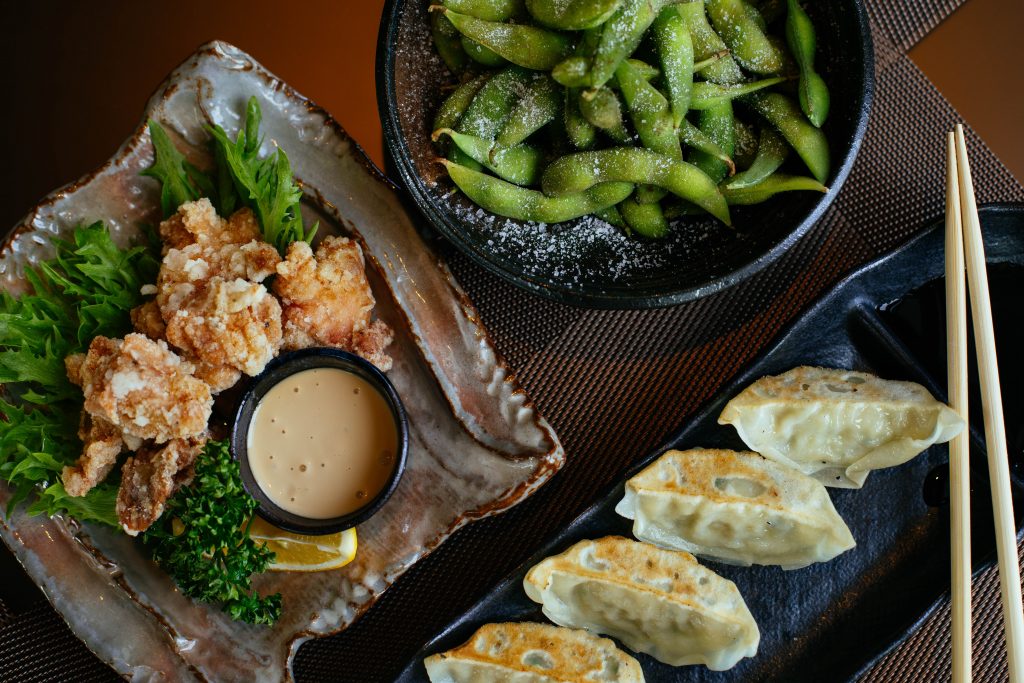

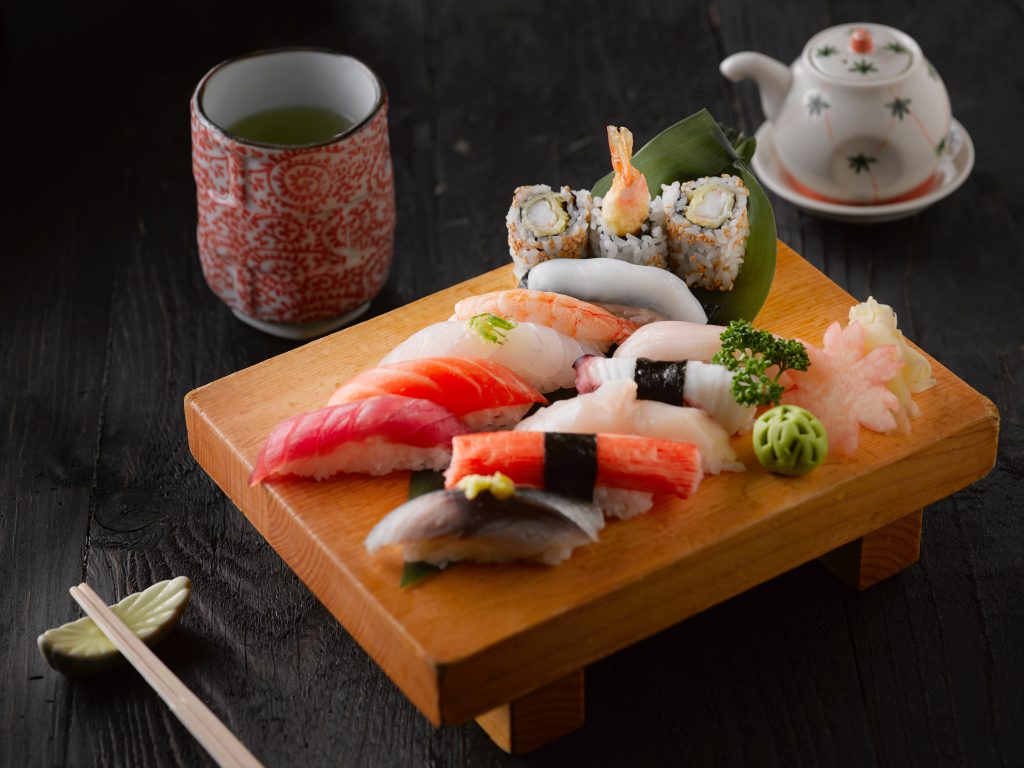
Edo-mae Sushi
Since sushi was integrated into Japanese cuisine, there has been thousands of methods to serve this meal. The style of sushi that most people are used to today started in Edo (Old Tokyo). Edo-mae is a direct translation to “Edo front” or Edo style, which means Edo-mae sushi means Edo style sushi. The main unique characteristics is the temperature, ease of creating every piece, and simplicity. Because refrigeration was rare back in the day, people had to create easily consumable sushi quick before the fish would start to spoil. Similarly, Edo-mae sushi always concentrated on focusing the main flavor to one ingredient, which was usually the fish. Over the years, techniques and technology did improve, but the sheer simplicity and the understanding of when the fish is best served still makes Edomae sushi the go-to for most sushi restaurants.
Yakiniku
Yakiniku is the Japanese word for “grilled meat.” Yaki is directly translated to “grilled” and niku is “meat”. The best part of yakiniku is the “PSTSHHH” sound that the grill makes when it interacts with the raw meats. Like an izakaya, everything is meant to be shared and combined with some alcohol. Although less common in the United States, Japan is well known for their all-you-can-eat yakiniku style dinners. A good yakiniku restaurant will have a lot of cuts to choose from various animals, but mainly beef.
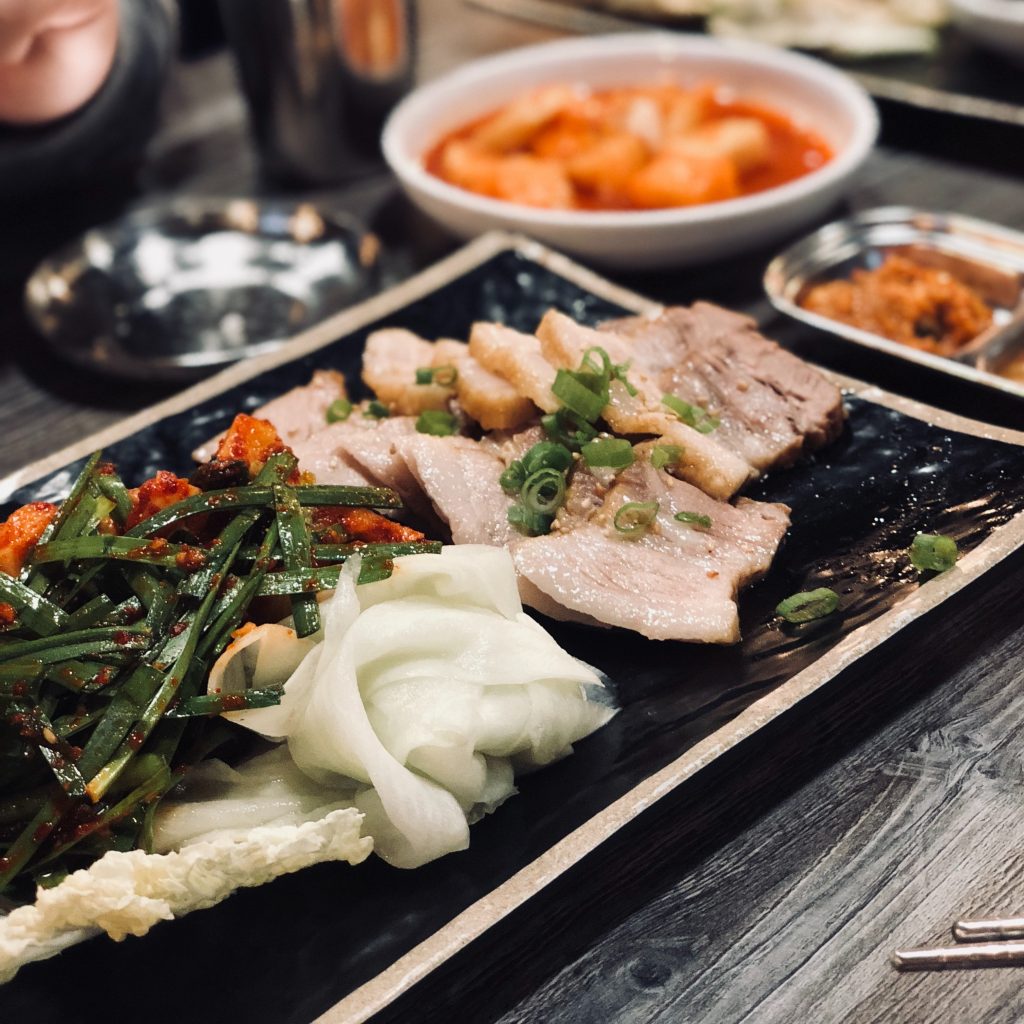
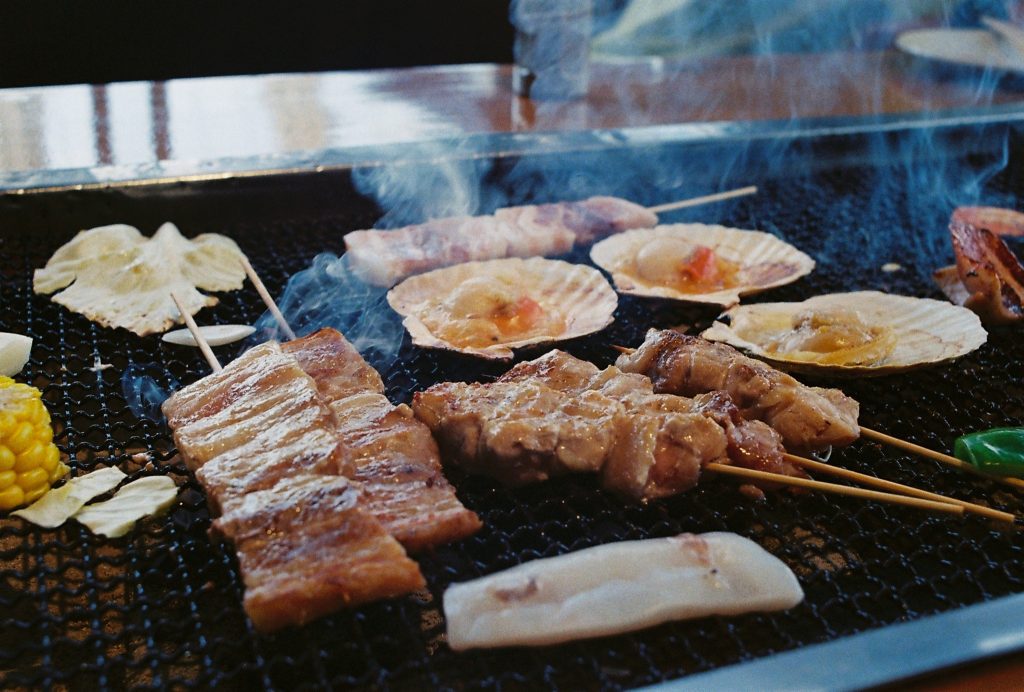
Robataya
Robata is a shortened term for “robatayaki” which translates to “fireside cooking”. This style of cooking is like a Western-style barbecue, but there are very clear differences. What makes robata original and unique per store are the different charcoal and wood they use to bring out different flavors into the meats, fish, or vegetable. As the food grill over the coals, the juices will drop onto the coals, creating smoke that will cover the dish giving it unique flavors and smokiness. The high intense heat of the charcoal allows the food to have a crunchy outer texture while maintaining the juicy and delicious inside.
Teishoku
A teishoku usually refers to a “set meal” where the balance of every dish creates a healthy and balanced diet. Teishoku is thought to be a well-balanced and nutritious meal because of the balance between carbohydrates, proteins, and fats. A teishoku usually consists of a mean meal, usually fish or meats, rice, miso soup, and a side dish such as pickled vegetables, tofu, natto, or other condiments. Some examples of what you’ll see as the main dish are grilled salmon, karaage, shougayaki, tempura, stir fry, etc. Many teishoku restaurants allow the customer to get rid of rice or miso soup, and on the contrary, they sometimes give out free “oomori” which means big portion. Get a bigger portion of rice with your healthy balanced meal!
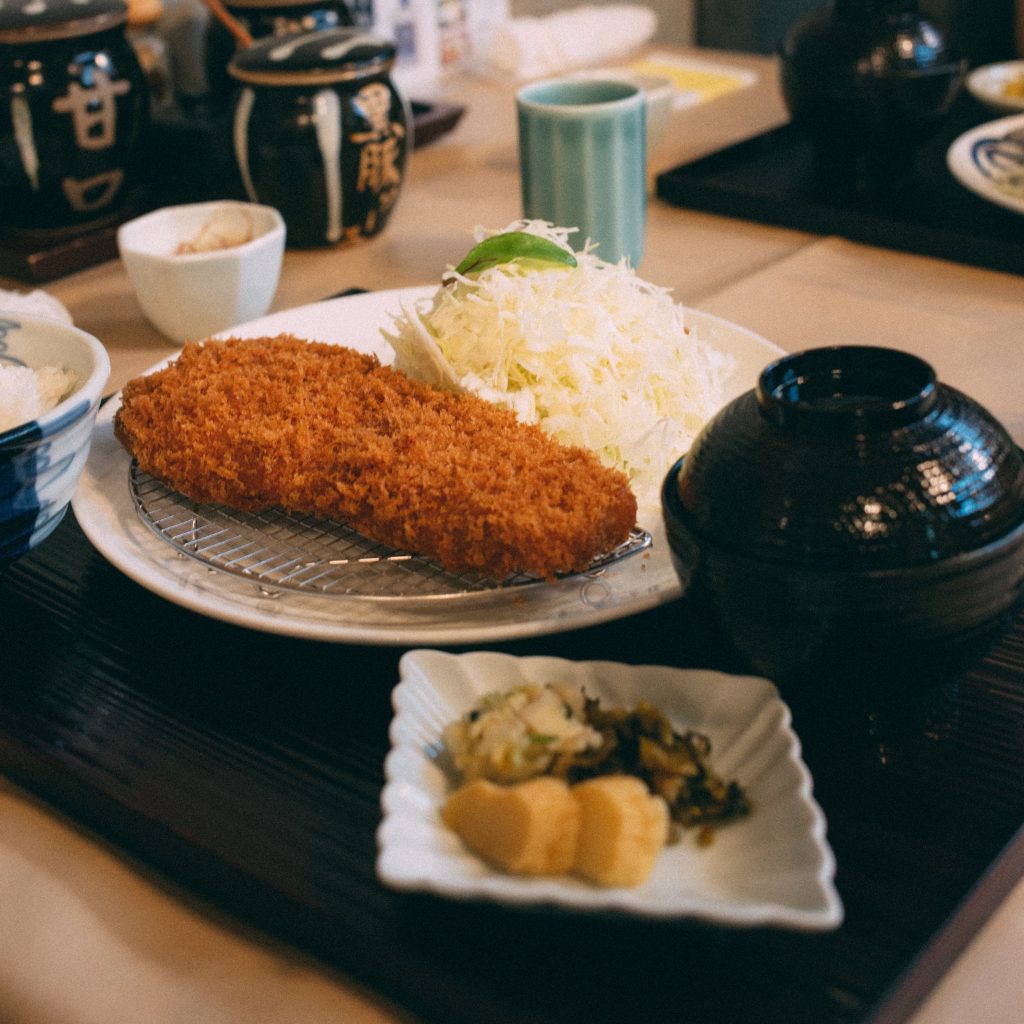
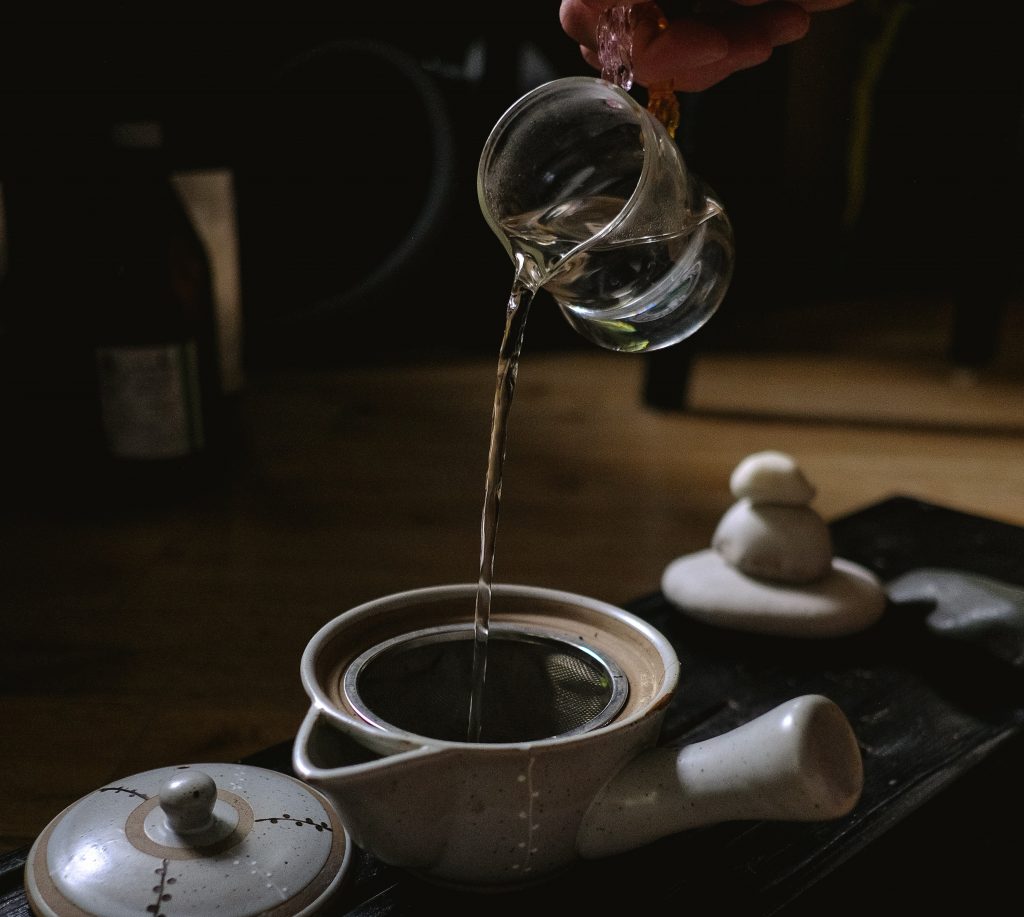
Kissaten
Kissaten is a Japanese take on cafes. The main difference between a café and the kissaten is the atmosphere and ambiance. They both serve tea and coffee, although made differently. Cafés are usually more minimalistic and well-lit, creating a brighter atmosphere, while kissaten is usually more traditional and uses dimmer lighting to create a relaxing atmosphere for the customers. Many kissaten also have books or pottery on the side of the walls to see where their craft comes from. Many kissaten are family run.